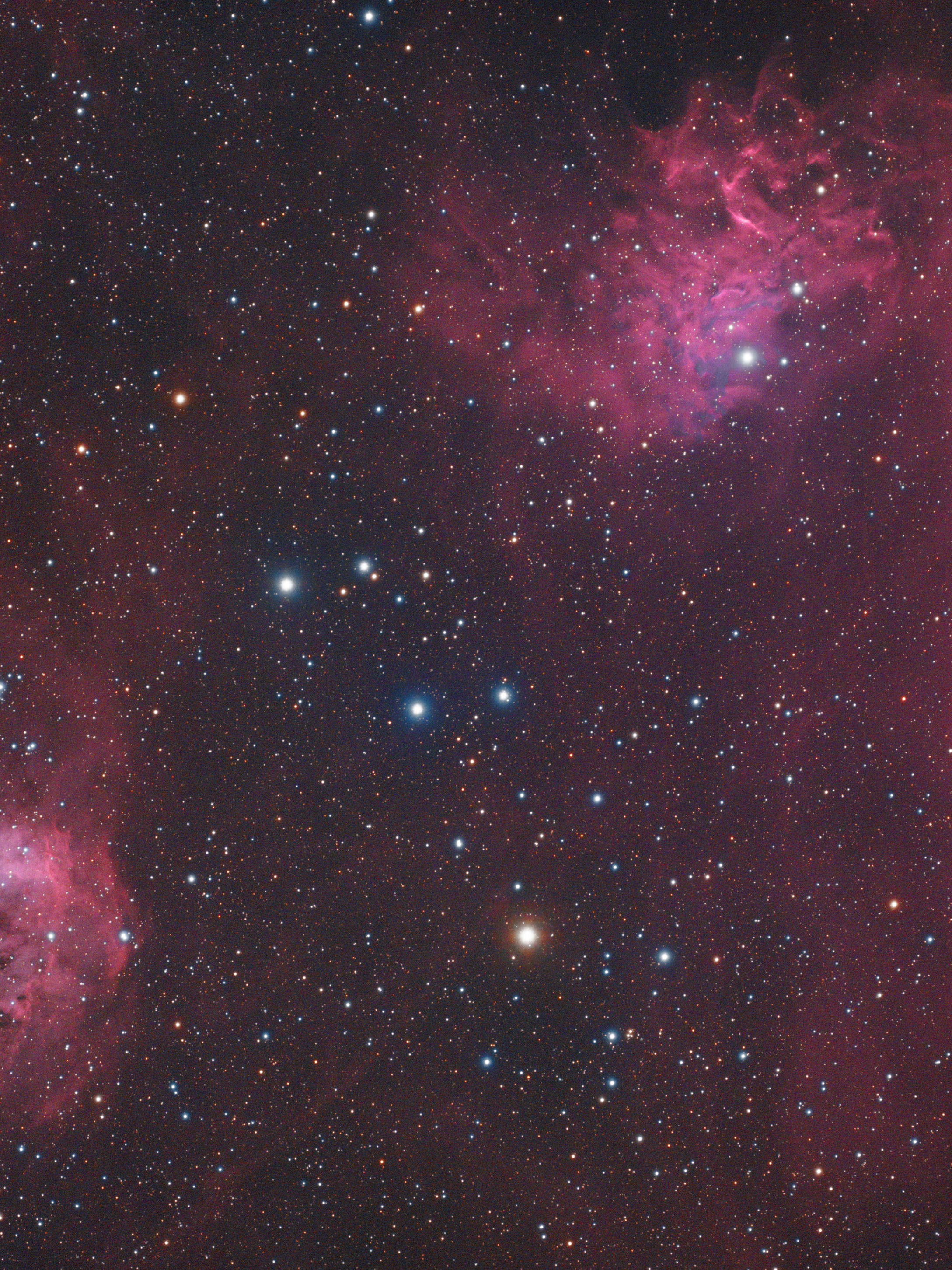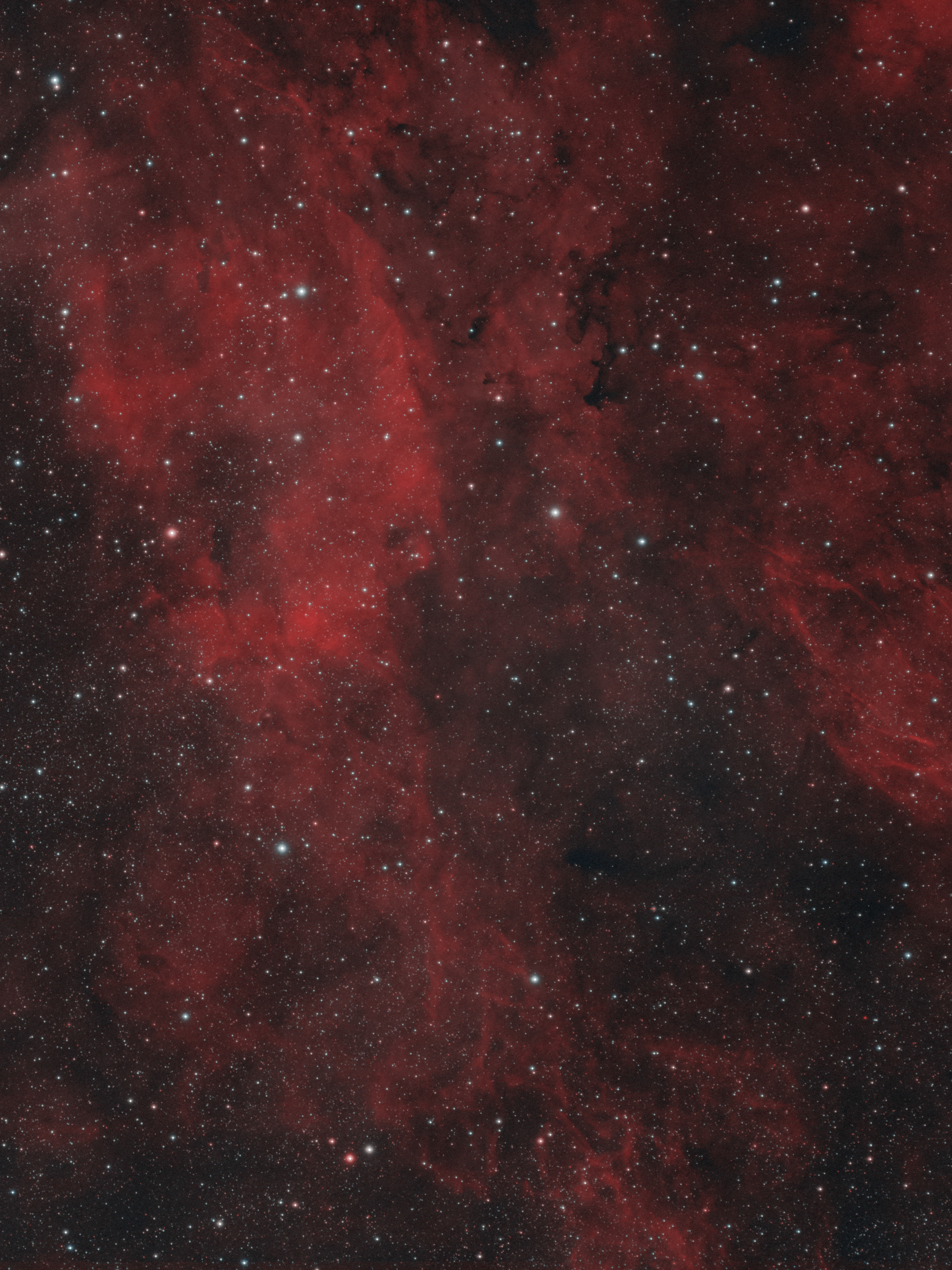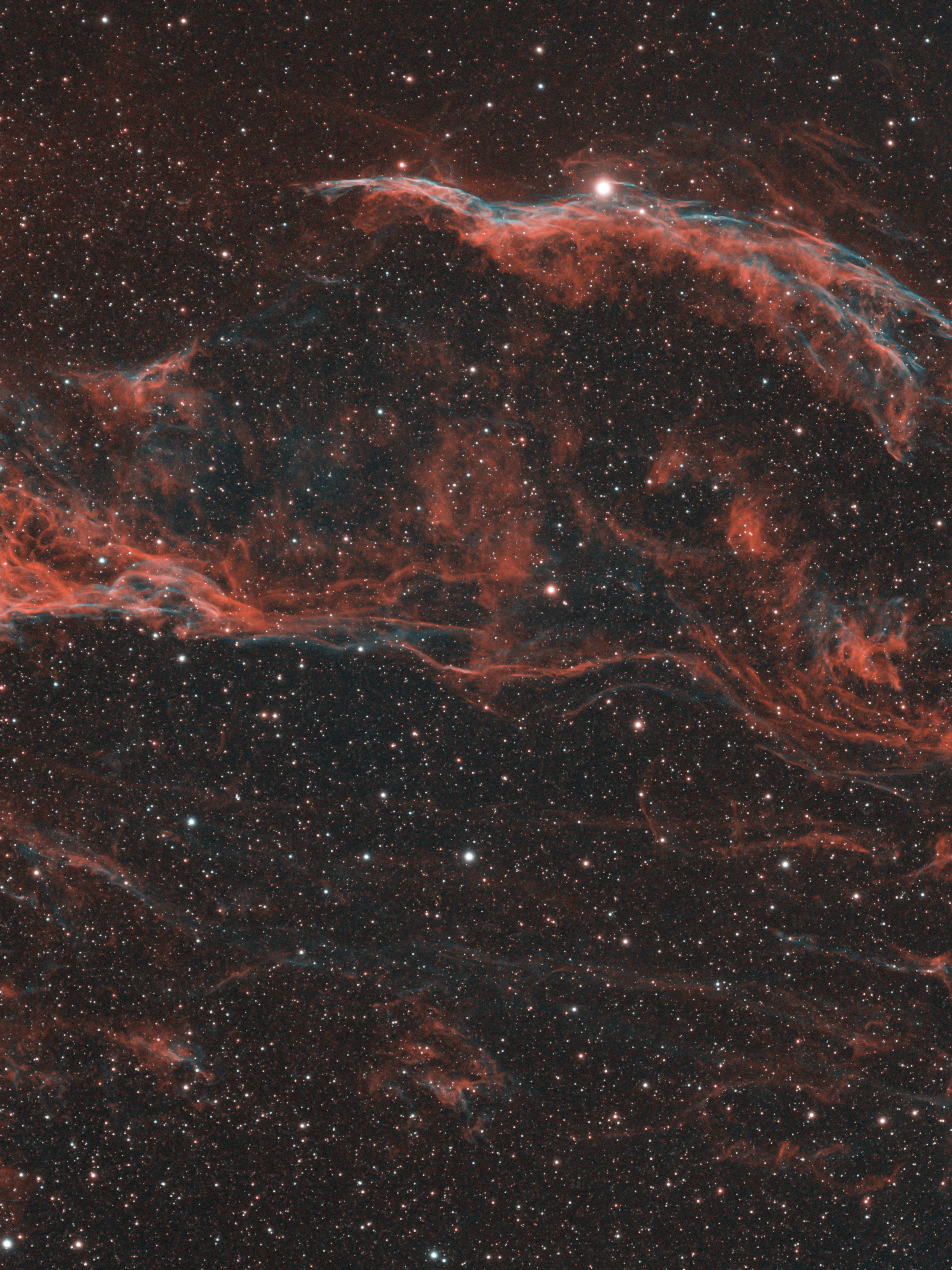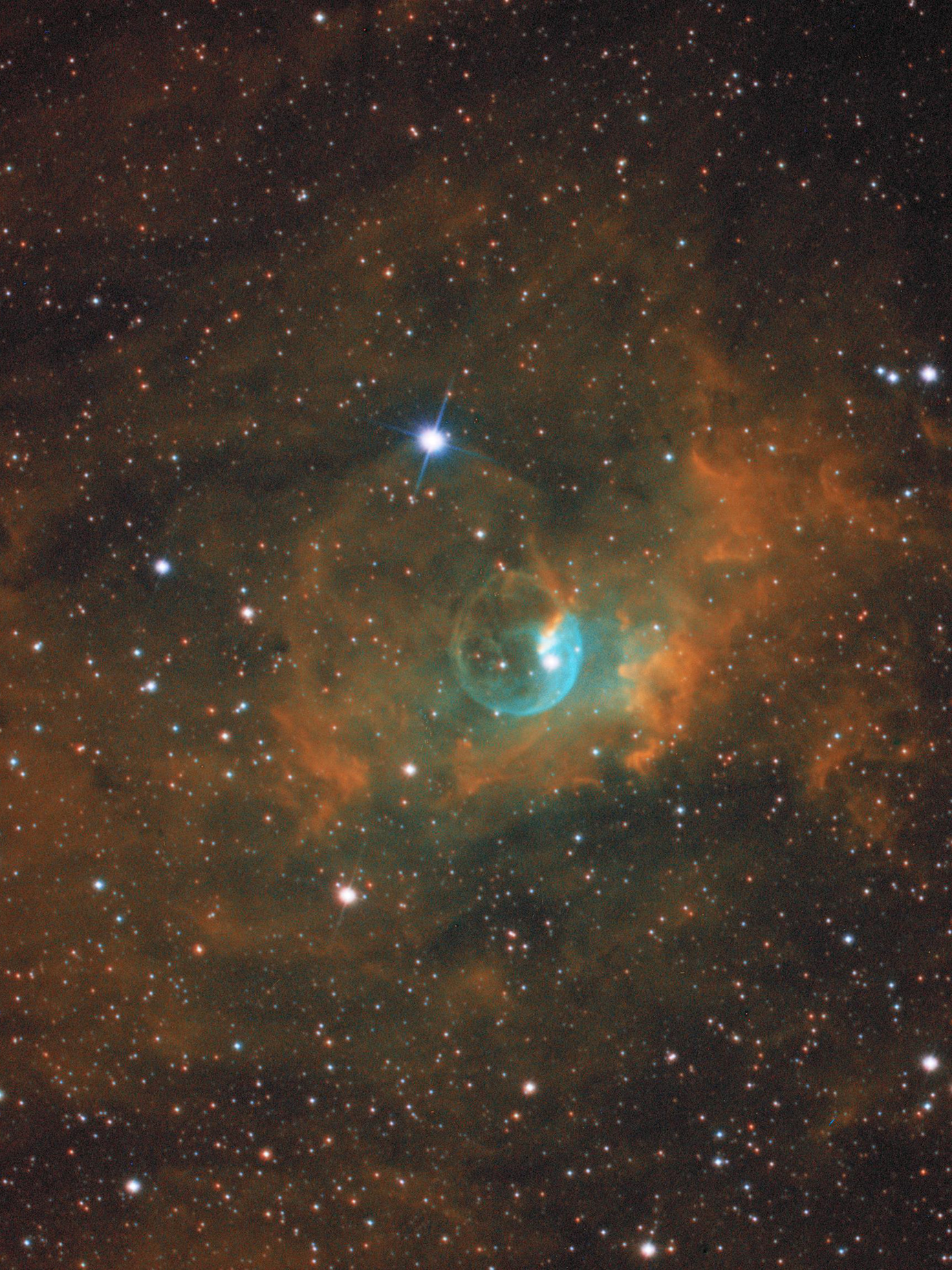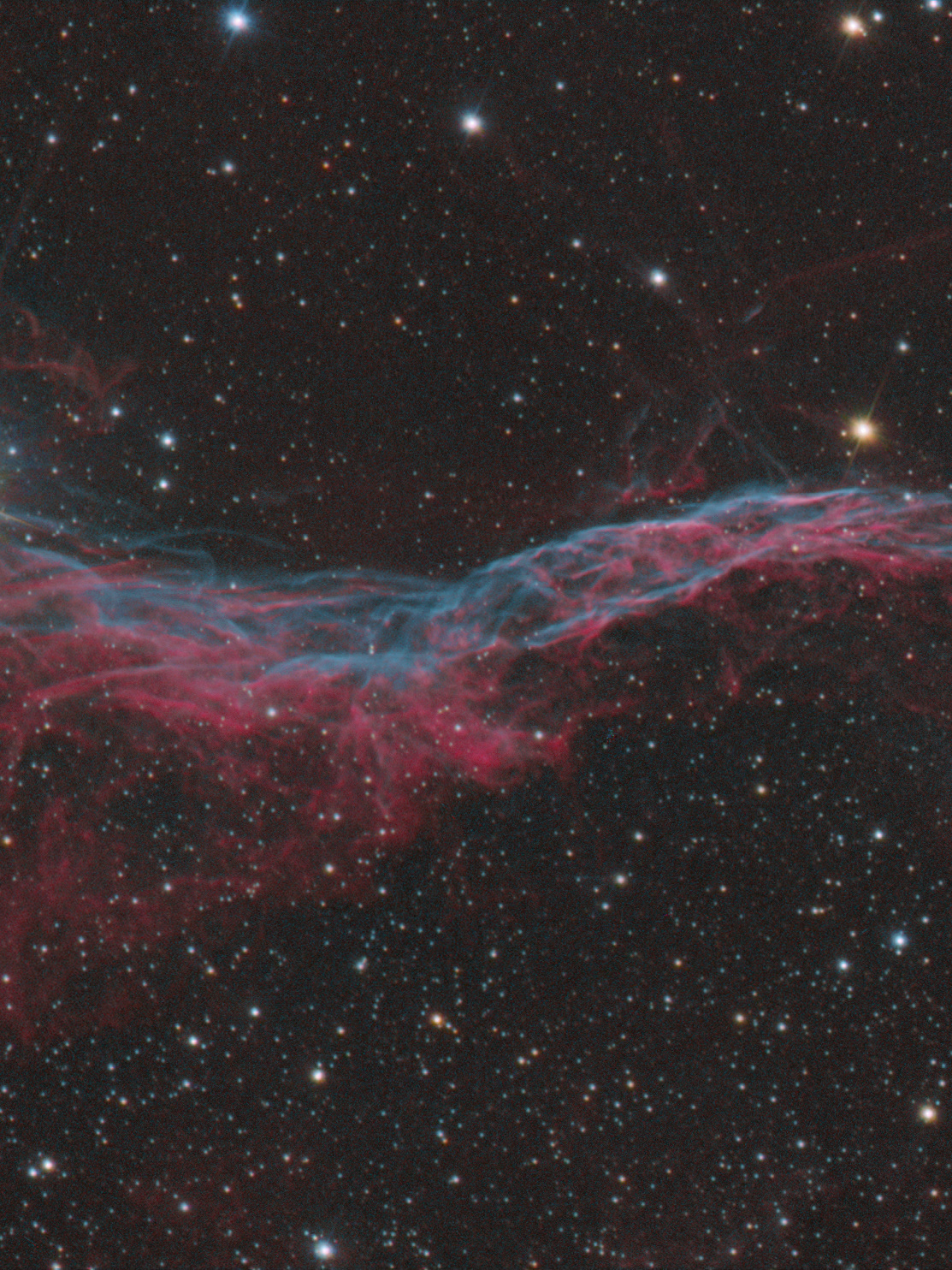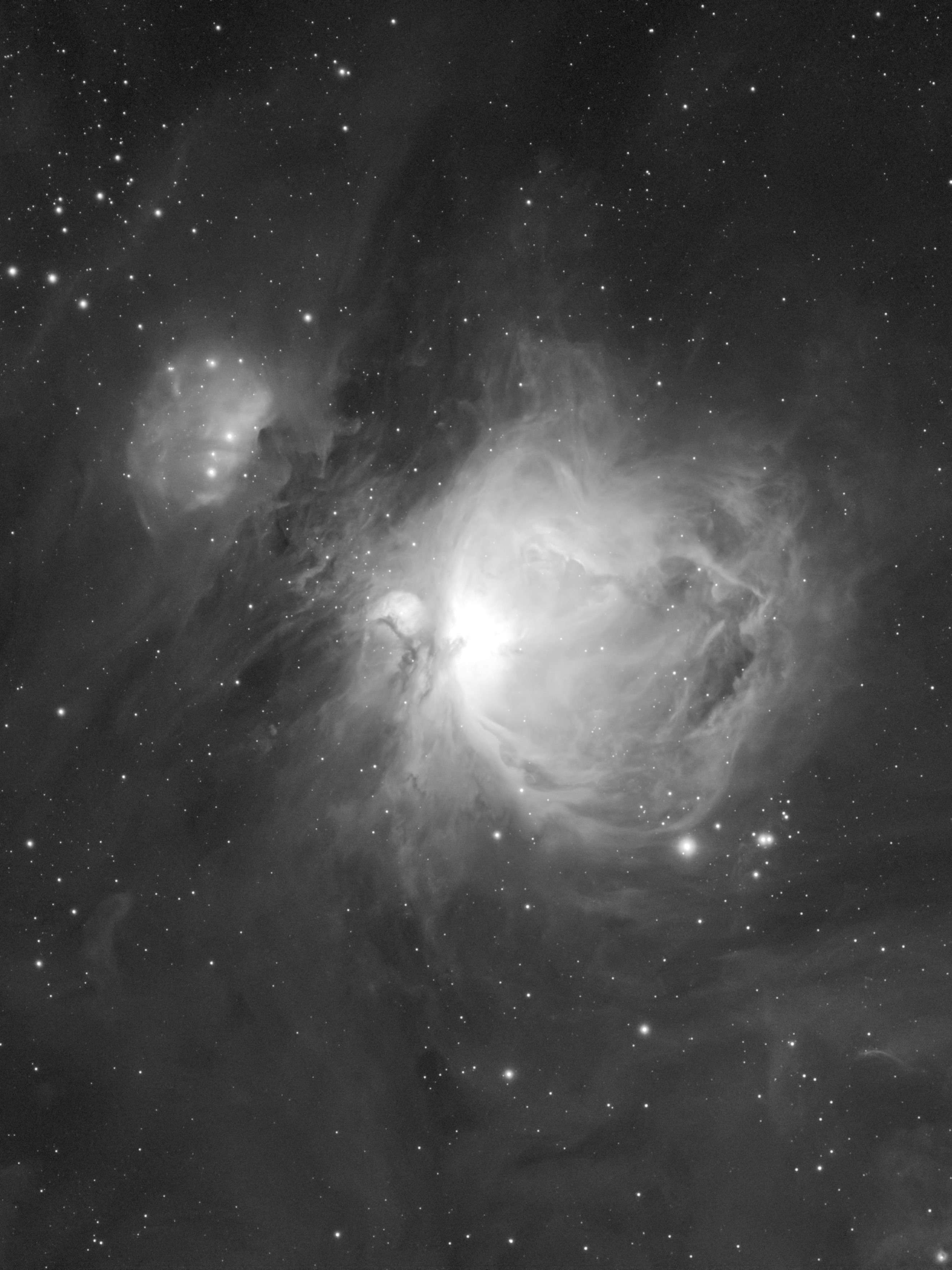This an image i've been wanting to take for absolutely ages. The california nebula was subject of my first astrophoto I was truly happy with, and i've come back to shoot it every year since. This year I wanted to capture the whole nebula complex, spanning several degrees across the night sky.
To begin with, I would need a wider field of view than my ED80 (600mm), so I was on the lookout for a new widefield APO refractor. Initially, I was going to grab a Sky-Watcher Esprit 80. From what i've read, it's basically just a upgraded version of my ED80 and i've had good experiences with Sky-Watcher in the past, so I felt comfortable with getting one. However, I spotted a different scope going for much cheaper. It was a scope from William Optics, a brand with an amazing reputation for widefield APO refractors. It was a Star 71-ii, a legendary scope, specifically designed with astrophotography in mind.
Comes in a very well made case with the WO Brand logo
Mine also came with a Deep Sky Dad AF1, a little stepper motor that can be connected to autofocus programs. This really helps with automating your sequence.
Initially, I used SGPro's framing and mosaic tool to create the mosaic plan and to see how many panels I would need to fit the whole complex in the frame. To create the image I wanted, I would need 6 images. I was hoping to get away with 4, but I just couldn't get away with it at 350mm.
After a while though, I noticed that SGPro was giving me some problems, most notably that it would close unexpectedly during the imaging sessions. This wouldn't really be an issue while planning and creating sequences. However, when you have a camera at -20 that suddenly turns off the cooler, it can actually damage your equipment. Because of this, I tried some new software and settled on NINA, which is very similar to SGPro, but a bit rougher round the edges.
By the end of october I had collected all of my RGB data, which was 30m per chanel, per pane which is a total of 9h. It was collected over a period of 3 nights using NINA. It was compiled into DeepSkyStacker and the individual color panes were merged together with Microsoft Image Composite Editor. This took a lot of trial and error, because all of the individual panes need to be colour balanced and made the same brightness beforehand which takes a long time to do. In all, It took about 20h total to process the image into a version I was happy with:
The california nebula in RGB, 9h total exposure
However, this is not the planed final image. I wanted to create a HaRGB composite image to bring out the much fainter details that can't be seen in my current version.
So far, I managed to grab 2.5 hours on one of the panes and it shows some of the outer layers, but is also starting to show some of the MUCH fainter nebulae. I will add a few more hours to this pane and repeat for the others
